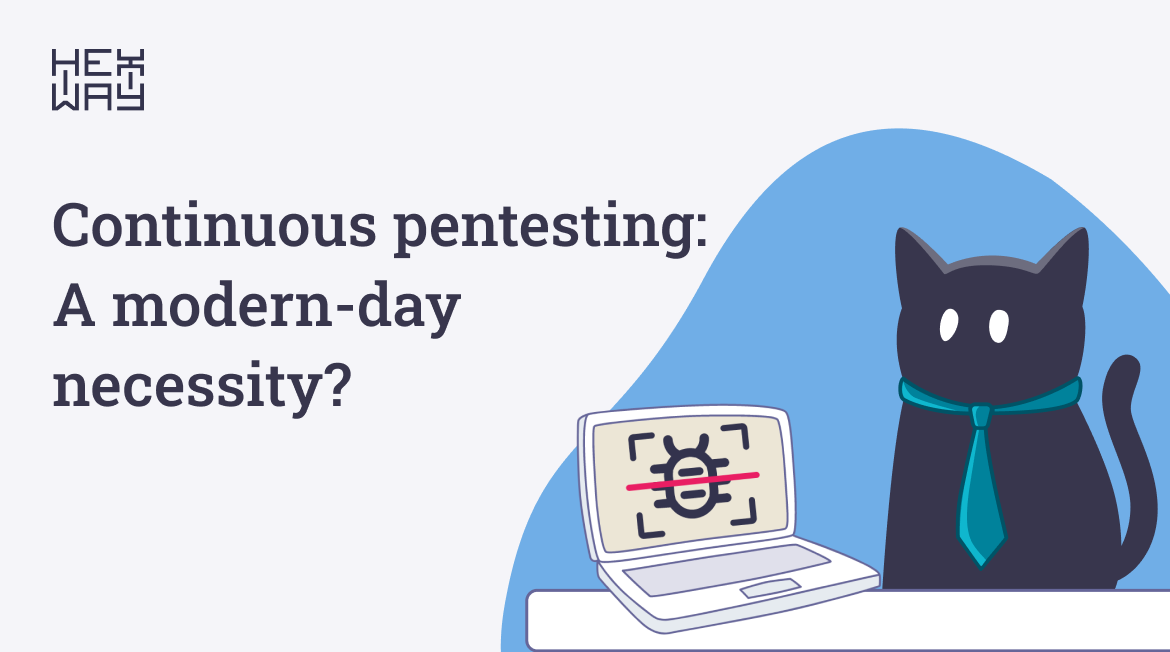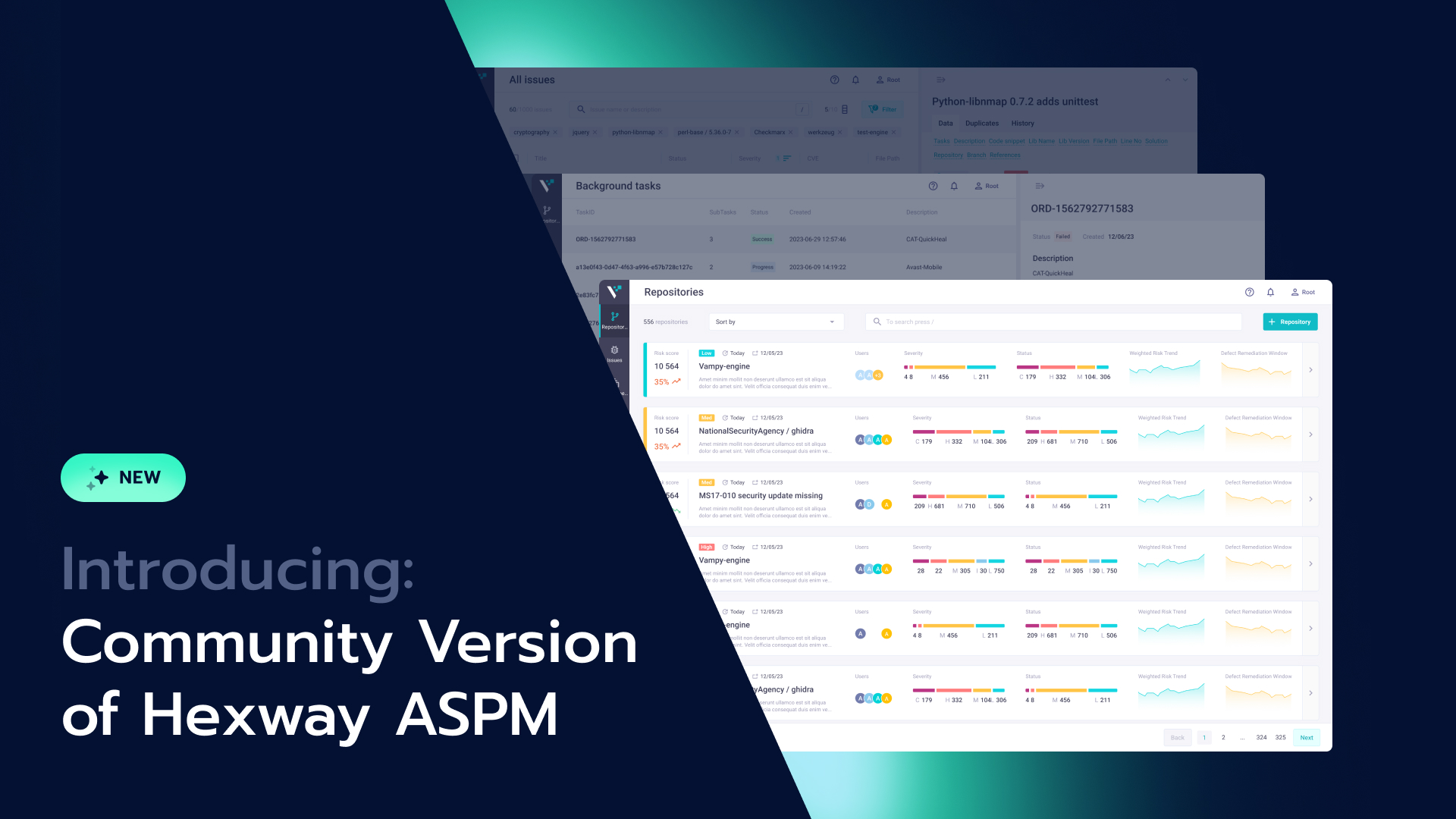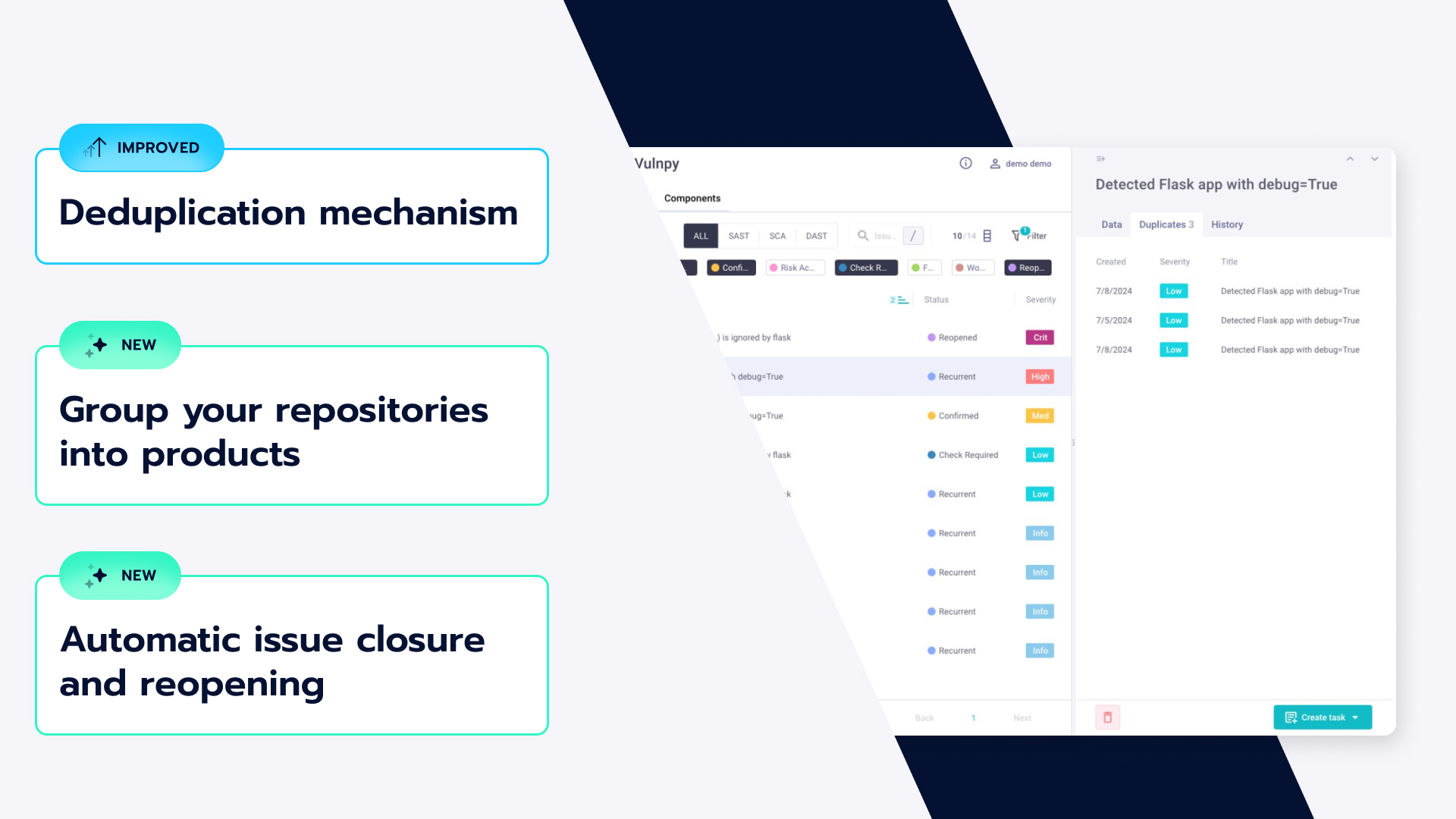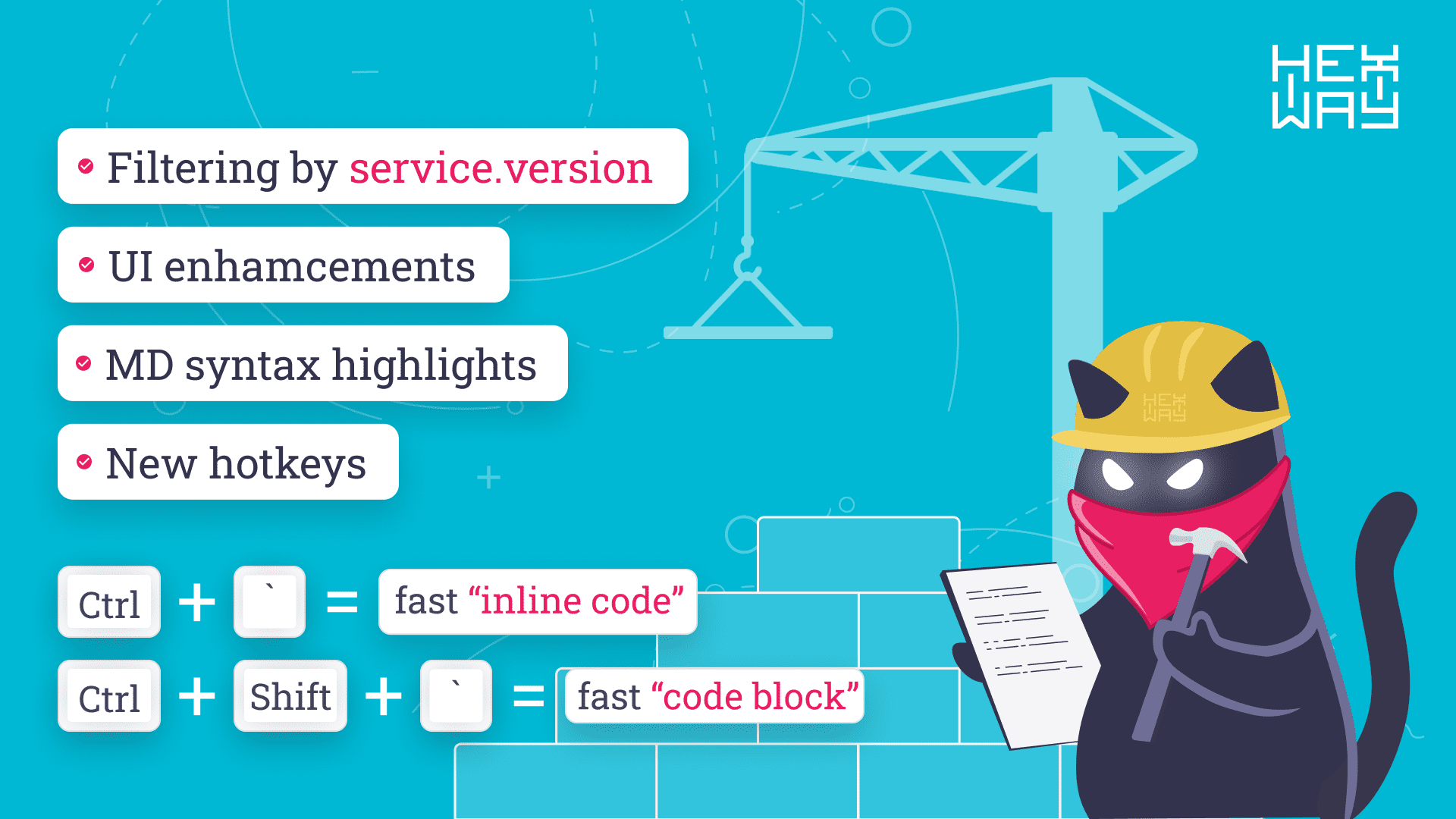Continuous Pentesting: A modern-day necessity?

Why is it essential to have a pentesting programmer in your company? How does it help to stay on top of 0-days, exploits, CVEs, and cyberattacks? We’ll tell you in this blog post.
Introduction
Pentesting dates back to the 1960s and no, we are not kidding. Over the years, penetration testing has evolved a lot. So have cyberattacks. However, in recent years, organizations seem to turn a blind eye to pentesting, seeing it as just another “thing” to do for their compliance checklist or their annual audit. On the other hand, the attacks have become ever complex. And cybercriminals don’t discriminate while choosing their targets. This results in organizations not treating pentesting as a serious part of their workflow and getting breached frequently. By the time, they get serious about security, the damage is done.
The modern threat landscape is diverse and fast-paced to an extreme extent. To put this into perspective, Microsoft patched 77 vulnerabilities in their last Patch Tuesday (Feb 2023), out of which 38 were remote code execution flaws and 3 were zero days. And these are the stats for just one vendor, while thousands are out there. There is no way traditional pentests methodologies will be able to catch up with these growing figures. Lack of communication between security teams and developers, delays in applying patches, long annual/bi-annual pentests, and many other drawbacks give an edge to the attackers.
Hope is not lost. With the rise of Pentest-as-a-Service providers, a continuous model of pentest is making its position solid in the market. Let’s explore this unorthodox approach to pentest in the next section.

Continuous Pentesting
So, what actually is the continuous pentest methodology? It’s when pentesting is not just a one-time affair, but a cycle of testing and retesting. Communication and feedback between the testers, clients, and developers are very crucial, as this keeps everything integrated. Let’s take a brief look at what a pentesting lifecycle looks like:
- Deciding scopes and deadlines: The client explains what assets are to be tested and what the timeline of the pentest will look like. This allows the client to work on vulnerabilities faster and arrange resources on their side.
- Initiation of testing: Pentesters begin the testing process. Beginning with enumeration, finding vulnerabilities, exploiting them, and every other step must be performed for a thorough pentest.
- Reporting: One of the most crucial steps is sharing findings and bugs with the client. The nature of the bugs, exploitation steps, and what can be done to mitigate them: all this needs to be relayed to the client to bridge the gap of understanding, resulting in better security.
- Retesting: Retesting allows the client to effectively restart the pentesting cycle, to check whether the applied mitigations can protect against the reported vulnerabilities, or if new vulnerabilities are introduced. A proper “no stone unturned” approach.
Please remember that “continuous penetration testing” is not revisiting an old pentest repeatedly. While the initial pentest creates a baseline for future setup, continuous pentest requires constant monitoring and a whole lot of automation.

In orthodox methodologies, the above lifecycle was used to get executed once or twice a year. Continuous pentesting changes that, by introducing dynamicity to every step, as explained below:
- Asset tracking and management: Was a new cloud VM recently deployed? Or a new laptop provisioned for an employee? As an organization grows, the number of assets being managed gets very large and fast. This poses a severe problem: you cannot protect what you don’t know about (the problem is so prevalent, that you can find memes about it in cybersecurity communities!). Automated asset tracking and management make sure nothing goes under the radar.
- Scheduled Scanning: Vulnerability scanners are important as they might point out low-hanging fruits and compliance-related vulnerabilities. Outdated TLS certificates, weak encryption, plaintext passwords, or even low-level XSS, SQL injection, or other web attack vectors. The ability to schedule scans makes this even more powerful, to have periodic monitoring.
- Regular Pentests: While automated scanning is good and necessary, it can never replace manual pentests. But the automated data collection can prove to be an aid to the pentest, as a list of assets, possible misconfigurations, CVEs, etc will already be present due to continuous monitoring. Then it’s the task of skilled pentesters to uncover complex vulnerabilities if any.
- DevSecOps Approach: DevOps stands for “Development Operations”, where automated pipelines and CI/CD-based approach is taken towards development. DevSecOps adds the security facet to this, where similar pipelines and CI/CD configurations are created to improve automated security. One example could be, launching a static code analysis every time a piece of code is pushed into a Git repository, to find possible bugs.
A robust continuous pentest program keeps you head-to-head with the mercurial threat landscape and gives you an edge over the attackers still using tried and tested ways to break into systems.

Conclusion
Out with the old, in with the new. Continuous pentest should be an essential part of any organization's security program if they care about securing their systems. A combination of automated pipelines, scanning, and manual pentests by skilled security professionals ensures a blanket cover from breaches.
A lot of tools are present that aid in this process of setting up continuous pentests. CI/CD tools, scanners, monitoring tools, and a lot many more. Our very own Hexway Hive is a fantastic offering for PTaaS and continuous pentesting requirements: an efficient solution to keep track of everything that happens in a pentest and provide a single interface for communications between pentesters and clients. And with the addition of Hexway Apiary in your program, you’ll have extended abilities for real-time updates, and data tracking.
While the attackers need just one lapse in your security, you must fix every gap in every nook and corner. Continuous pentesting is one such mechanism that will allow you to scour through the mazes of your digital assets and plug the loopholes.
Want to receive more hot cybersecurity articles and updates from Hexway? Subscribe to our newsletter!
Or follow our socials:












